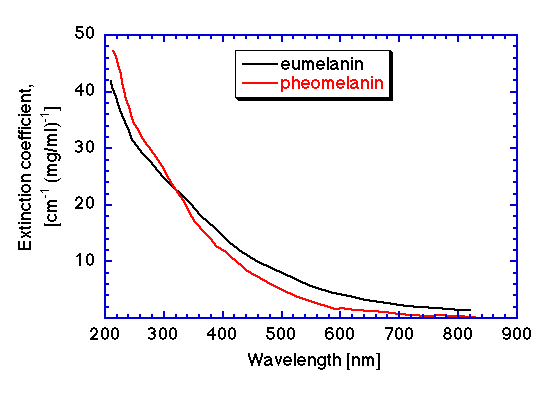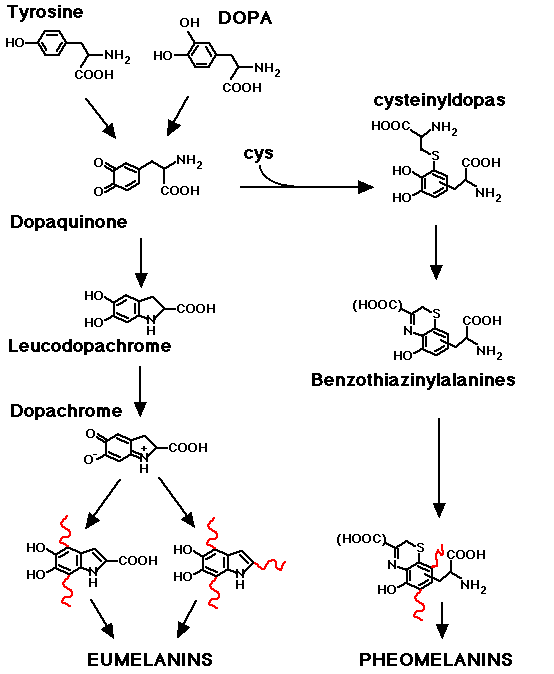Write4U
Valued Senior Member
Please post on topic.
Hoping this is not viewed as a sidetrack, but as another piece of the puzzle. I see a possible connection between microtubules and "insulation"(?) from radiation? This is outside my scope of knowledge, so if anyone can offer a comment or link to a pertinent paper,
I think it might be interesting in context of radiation resistance during mitosis
Are microtubules electron-based topological insulators?
Varsha Subramanyan1, Kay L. Kirkpatrick2,1, Saraswathi Vishveshwara3 and Smitha Vishveshwara1
Published 15 August 2023 • Copyright © 2023 The author(s)
I think it might be interesting in context of radiation resistance during mitosis
Are microtubules electron-based topological insulators?
Varsha Subramanyan1, Kay L. Kirkpatrick2,1, Saraswathi Vishveshwara3 and Smitha Vishveshwara1
Published 15 August 2023 • Copyright © 2023 The author(s)
Abstract
A microtubule is a cylindrical biological polymer that plays key roles in cellular structure, transport, and signalling. In this work, based on studies of electronic properties of polyacetelene and mechanical properties of microtubules themselves (Spakowitz A. J., Phys. Rev. Lett., 103 (2009) 248101), we explore the possibility that microtubules could act as topological insulators that are gapped to electronic excitations in the bulk but possess robust electronic bounds states at the tube ends.
Through analyses of structural and electronic properties, we model the microtubule as a cylindrical stack of Su-Schrieffer-Heeger chains (originally proposed in the context of polyacetylene) describing electron hopping between the underlying dimerized tubulin lattice sites.
We postulate that the microtubule is mostly uniform, dominated purely by GDP-bound dimers, and is capped by a disordered regime due to the presence of GTP-bound dimers as well. In the uniform region, we identify the electron hopping parameter regime in which the microtubule is a topological insulator. We then show the manner in which these topological features remain robust when the hopping parameters are disordered.
We briefly mention possible biological implications for these microtubules to possess topologically robust electronic bound states.
Introduction
Organic polymers and biomolecules have served as inspiration for discovering new condensed matter phenomena, with path-breaking insights developed for both biological systems and physical models [1,2]. The Su-Schrieffer-Heeger (SSH) model proposed in the 1980s for polyacetylene serves even today as a simple paradigm for topological phases of matter and charge fractionalization [3].
more..... https://iopscience.iop.org/article/10.1209/0295-5075/acec94Such models have led to opening entire fields of study, bringing theoretical and experimental advances in our understanding of materials [4]. On the biological side, the fundamental units of the model, involving dimerization and sublattice symmetry, are building blocks for a range of complex macromolecules. Here, we investigate microtubules as a highly promising instance for extending such topological behavior in rich and diverse ways.
Last edited:



